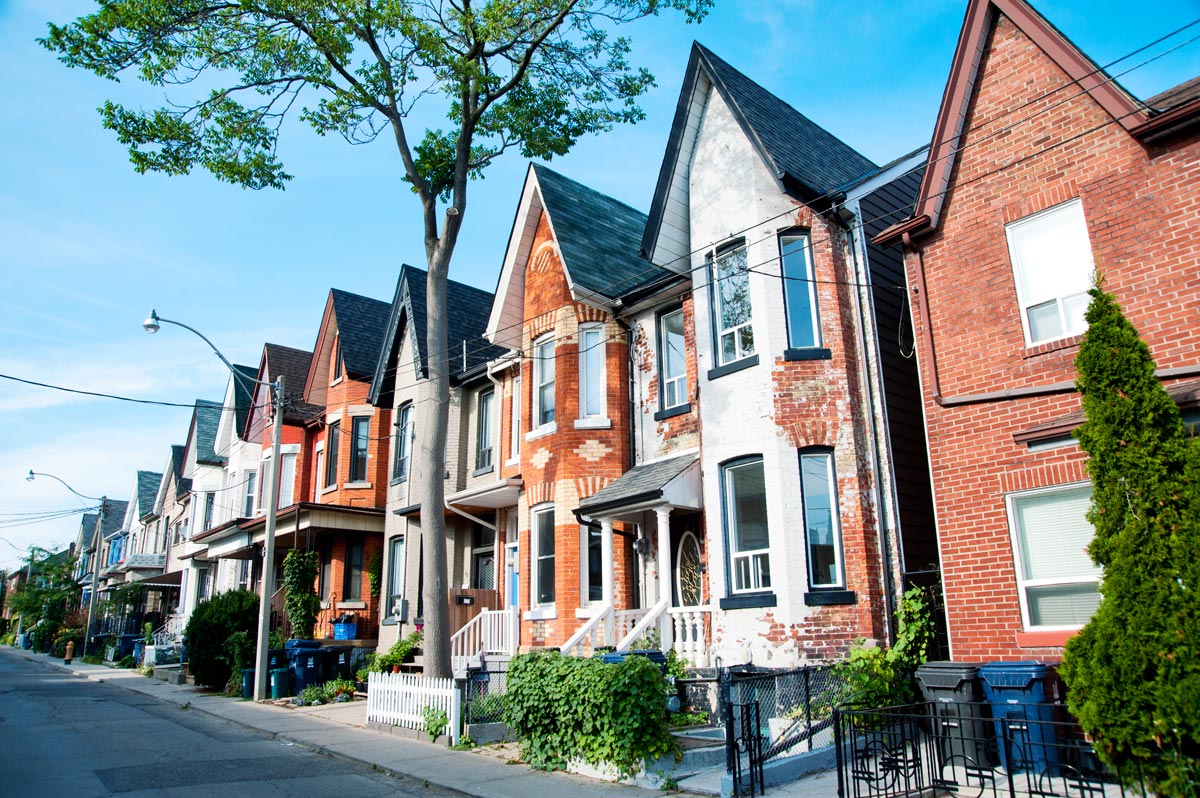September marked a change in the Toronto residential market place. For the first time since April, the average sale price for all properties sold in the greater Toronto area actually rose.
The monthly average sale price had been on a downward spiral ever since the provincial government announced the introduction of a 15 percent foreign buyers tax on April 20th.
In September the average sale price came in at $775,546. September’s average sale price was 6 percent higher than August’s average sale price, and almost 3 percent higher than the average sale price achieved in September, 2016. This is a welcome change, and the first step to the resale market’s return to normalcy. Not the frenzied market that we experienced from January through April, but the 2016 market, that saw property values rise in a moderate, sustainable way.
Although the market did recover in September, the recovery remains fractured, with some sub-markets out performing others. On the broadest level, the 416 area code, as a trading district, is outperforming the 905. Sales volumes for the greater Toronto area were down 35 percent compared to last year. This September 6,379 properties were reported sold, last year there were 9,830. Comparing the 416 and 905 trading areas, a different picture emerges.
Whereas the overall market was o by more than 35 percent compared to last year, the 416 trading area had only declined by 29 percent. The 905 trading area did not fair as well, with sales o by almost 40 percent. The same is true for average sale prices.
As indicated above, the monthly average sale price for the greater Toronto area was $775,546, up 2.6 percent compared to last year. On an unweighted basis, the average sale price for all properties sold in the 416 region increased by almost 10 percent compared to last year. In the 905 the increase was slightly less than 6 percent. So clearly the numbers emerging from the 905 region are acting as a downward drag on the results of the overall resale market place.
But even within the 416 trading districts there are regional differences. Sales of detached properties were down by 41 percent in September. The volume of semi-detached properties sales was down by only 15 percent, and 23 percent for condominium apartments. Average sale prices for detached and semi-detached properties rose by 4 and 5 percent respectively compared to September 2016, whereas condominium apartment average sale price rose by 24 percent compared to last year.
Notwithstanding the negative press concerning the Toronto resale market place and its “collapse”, house prices in Toronto continue to be very expensive, but given prevailing interest rates, still sustainable. In September the average price for a detached home in Toronto’s 416 region was $1,355,234. The cost of a semi-detached home was not far behind at $935,467. Even condominium apartments are becoming pricy. In September, the average price for a condominium apartment was $554,069. In Toronto’s central districts, where most of Toronto’s condominium apartment towers are located, the average price for a condominium apartment was $615,654. There were 917 sales in this category, almost 1/6 of the total inventory of properties sold in September. Notwithstanding these elevated prices, all the condominium apartments sold for 100 percent (on average) of their asking price.
On the freehold side, the region just to the east of the central core, comprising the neighhourhoods known as Riverdale, Leslieville, and the Beaches, continues to trade as if the downturn experienced everywhere else in the greater Toronto area miraculously missed it. In September all detached properties in these areas sold for almost 104 percent of their asking price and in a mere 14 days. Semi-detached properties moved even faster. Semi-detached properties in these neighbourhoods sold in just over 8 days and for sale prices that exceeded the asking price by more than 105 percent. The average sale price of detached and semi-detached properties reported sold in these neighbourhoods was $1,286,000 and $928,000 respectively.
Over the last 5 months the market has moved from an insane seller’s market to a more nuanced, balanced market (except of course in Riverdale, Leslieville, and the Beaches). In September, 16,469 new properties came to market, an increase of more than 9 percent compared to the 15,050 that came to market last year. At the end of September there were 19,021 properties available to buyers, a stunning increase compared to the paltry 11,255 available last year. In percentage terms, availability has increased by 69 percent, year-over-year.
Needless to say, with an increase in supply, both average days on the market and months of inventory have increased dramatically. Year-over-year days on market have increased from 16 to 24 days. Months of inventory, calculated on a 12 month moving average is now 1.5 months for the greater Toronto area. Months of inventory, using September data, is more like 3 months, a much more accurate reflection of the market than the 12 month moving average.
The market is normalizing. It will continue to improve moderately, as year-end approaches. Sellers hoping for the heady days of January through April will be disappointed. In addition to assimilating the impact of the foreign buyers tax, the Toronto market has had to contend with two quarter-point mortgage interest rate hikes, and potentially more to come. There is also the looming threat of additional stress testing which the Office of the Superintendent of Financial Institutions has proposed. All of these factors will have a moderating effect on the residential resale market going forward.
Prepared by:Chris Kapches, LLB, President and CEO, Broker



